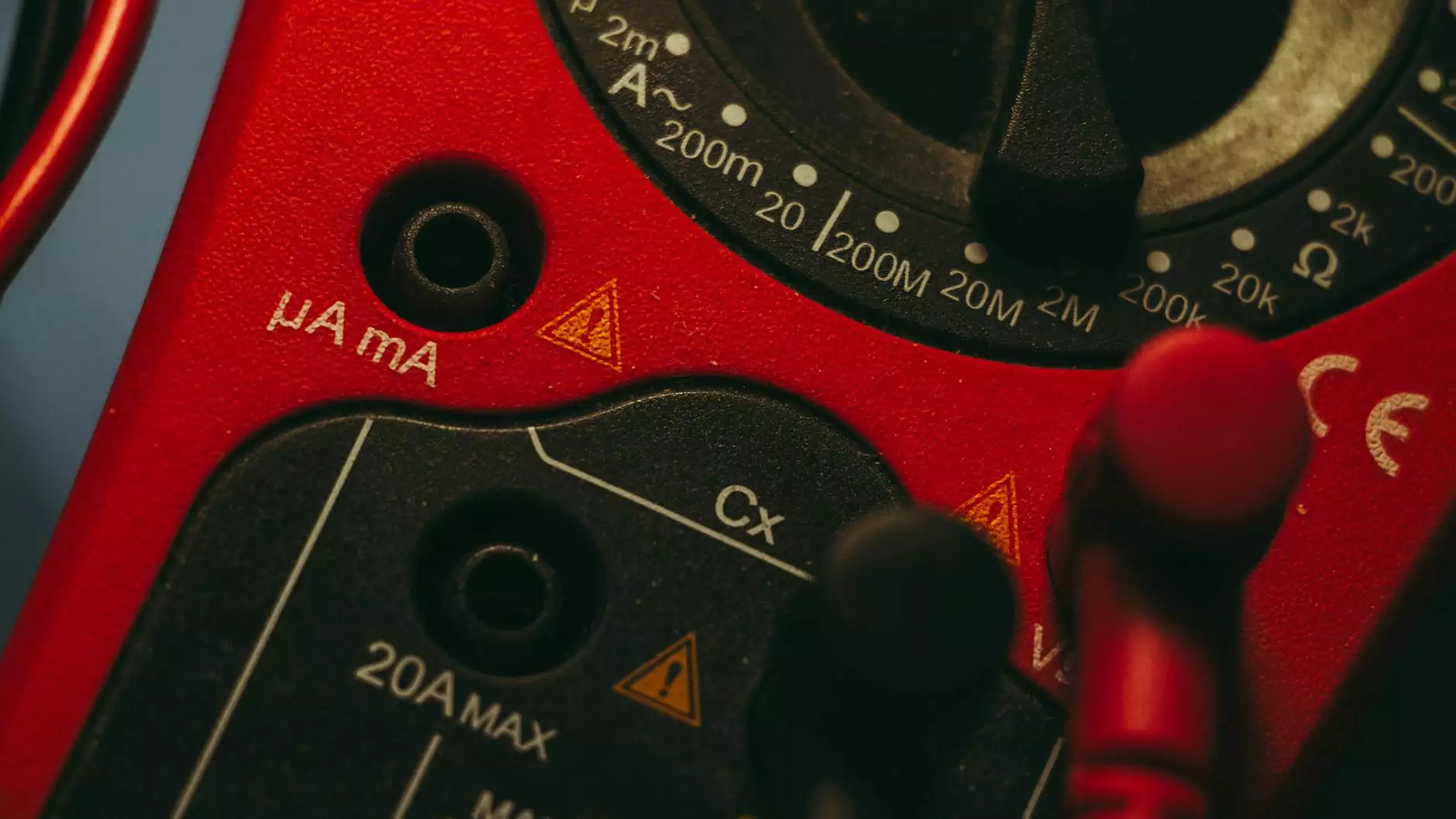The Importance of Western Blotting Apparatus in Modern Biotechnology

The field of biotechnology has seen immense growth and innovation over the past few decades. One of the pivotal techniques fueling this expansion is western blotting. At the heart of this critical process lies the western blotting apparatus, a sophisticated tool that has become indispensable in laboratories worldwide. In this article, we will explore the functionality, components, and significance of western blotting apparatus while also highlighting how they contribute to advancements in medical research and diagnostics.
What is Western Blotting?
Western blotting is a widely-used analytical technique that allows researchers to detect specific proteins in a sample. This method combines the principles of gel electrophoresis and immunoblotting, enabling scientists to separate proteins based on their molecular weight and subsequently transfer them to a membrane for detection. The ability to visualize the presence of proteins makes western blotting an invaluable tool in various fields, including molecular biology, immunology, and biomedical research.
Components of a Western Blotting Apparatus
A western blotting apparatus typically comprises several key components that work synergistically to provide reliable and reproducible results:
- Gel Electrophoresis System: This system includes a gel casting tray, combs, and electrophoresis chamber. It is used to separate proteins based on size using an electric field.
- Transfer System: After separating proteins, the transfer system facilitates the movement of proteins from the gel onto a solid membrane, such as nitrocellulose or PVDF.
- Blocking Buffer and Detection Antibodies: The membrane is treated with a blocking solution to prevent non-specific binding. Primary and secondary antibodies are then used for specific detection of the target proteins.
- Visualization Equipment: Finally, imaging systems, such as chemiluminescence or fluorescence detection systems, provide the means to visualize and quantify the proteins of interest.
The Process of Western Blotting
Understanding the step-by-step process of western blotting is crucial to appreciating the functionality of the western blotting apparatus. The major steps involved are as follows:
1. Sample Preparation
The first step involves lysing cells to extract proteins. This lysate is then mixed with a loading buffer, which contains reagents to denature the proteins and provide them with a consistent charge for electrophoresis.
2. Gel Electrophoresis
Once the samples are prepared, they are loaded into the wells of a polyacrylamide gel. An electric current is applied, causing the proteins to migrate through the gel matrix. Smaller proteins move faster than larger proteins, leading to separation based on size.
3. Transfer to Membrane
After electrophoresis, proteins are transferred onto a membrane. This can be achieved by methods such as electroblotting or capillary transfer. The proteins adhere to the membrane surface, preserving their spatial orientation.
4. Blocking
To reduce background noise during detection, the membrane is incubated with a blocking buffer. This step is vital for ensuring specificity when antibodies are applied to detect target proteins.
5. Antibody Incubation
Next, the membrane is treated with a primary antibody that binds specifically to the target protein. After a thorough wash, a secondary antibody, often conjugated to an enzyme or a fluorescent dye, is applied to amplify the signal.
6. Visualization
Finally, detection reagents are added, and the signal from the enzyme or dye is visualized using appropriate imaging techniques. This allows researchers to analyze protein expression and modifications.
Applications of Western Blotting Apparatus
The western blotting apparatus has widespread applications in various domains:
1. Disease Research and Diagnostics
Western blotting is instrumental in diagnosing infectious diseases, such as HIV, where it is used to confirm antibody presence in patient samples. It also aids in understanding the pathogenesis of diseases by analyzing protein expressions pertinent to conditions such as cancer and autoimmune disorders.
2. Protein Expression Studies
Researchers utilize western blotting to assess protein expression levels in different tissues or cell types, facilitating studies on gene expression regulation and protein functionality.
3. Biomarker Discovery
In the search for new biomarkers, western blotting helps identify proteins that are expressed differently in diseased versus healthy tissues, thereby contributing to advancements in targeted therapies.
4. Drug Development
The development and testing of new drugs often rely on the ability to analyze how these compounds affect protein expression and signaling pathways. Western blotting becomes a vital component in preclinical studies.
Innovations in Western Blotting Technology
As technology advances, so does the capability of the western blotting apparatus. Innovations such as:
- Automated Systems: Automation of the western blotting process enhances throughput and reduces the risk of human error, making it easier to conduct large-scale studies.
- Enhanced Imaging Technologies: Advancements in imaging technologies, including enhanced chemiluminescence and digital imaging systems, provide greater sensitivity and quantification accuracy.
- Multiplexing Techniques: Novel approaches permit simultaneous detection of multiple proteins in a single sample, significantly increasing efficiency and data yield.
The Future of Western Blotting Apparatus
The future of western blotting apparatus looks promising, with continued research and development directed toward improving the efficiency, sensitivity, and accuracy of the technique. As we head deeper into the era of personalized medicine and genomics, the demand for reliable protein analysis tools will undoubtedly increase.
With emerging technologies such as CRISPR and advanced proteomics methodologies, the role of western blotting is expected to evolve. Integrating machine learning algorithms to analyze western blot images could streamline the interpreting process and enhance result accuracy over time.
Conclusion
In conclusion, the western blotting apparatus is more than just a laboratory tool; it is a catalyst for scientific discovery and innovation. Its ability to provide insights into protein expression and function is paramount for advancing our understanding of biology, disease mechanisms, and therapeutic development. As this technology continues to mature, researchers will undoubtedly unlock even more potential in the realms of healthcare and biotechnology, paving the way for groundbreaking advancements that benefit all of society.
As we embrace the future of science, investing in high-quality western blotting apparatus is essential for laboratories aiming to remain at the forefront of research and innovation. The quest for knowledge continues, powered by the intricate dance of molecules illuminated by the light of discovery.









